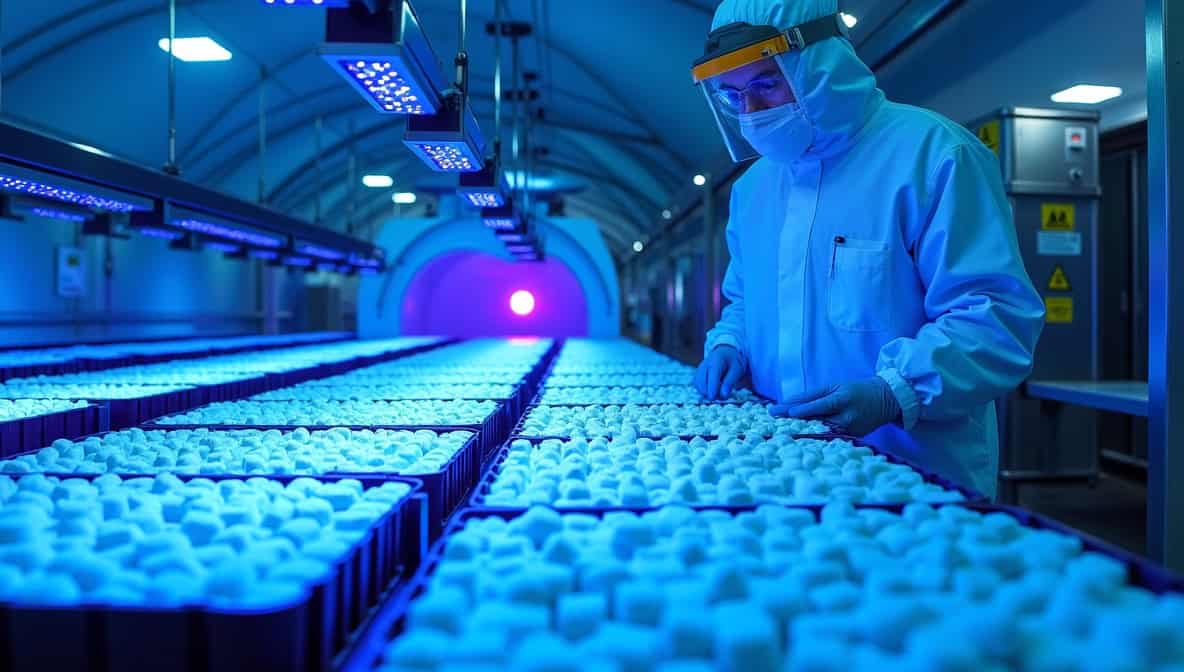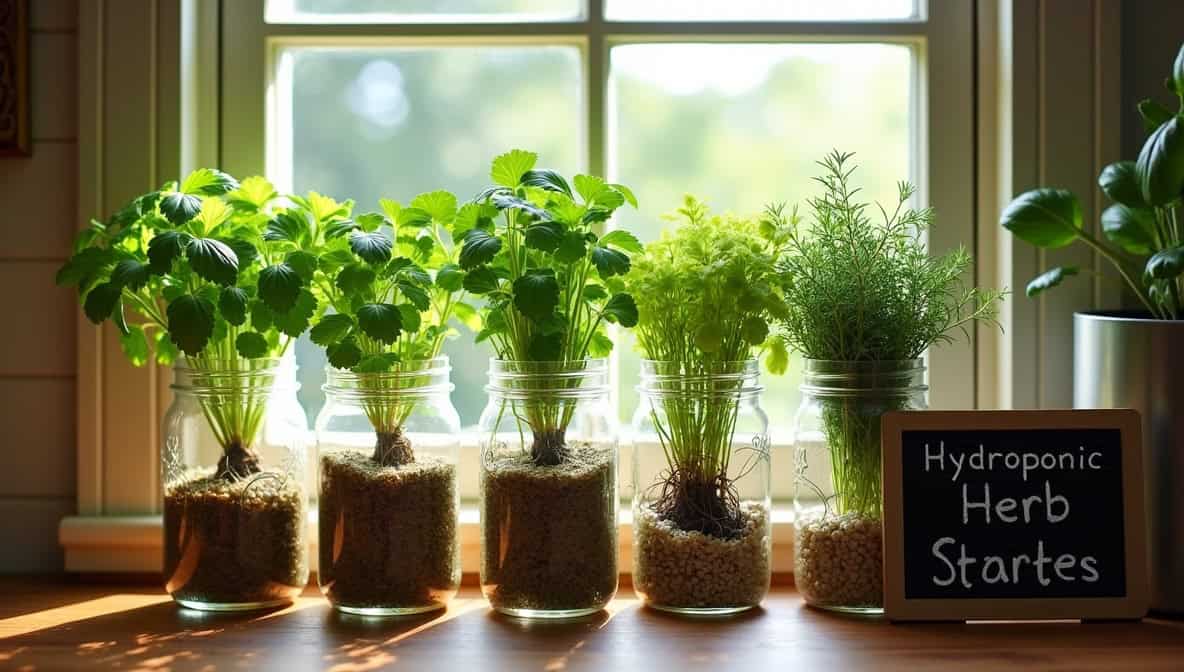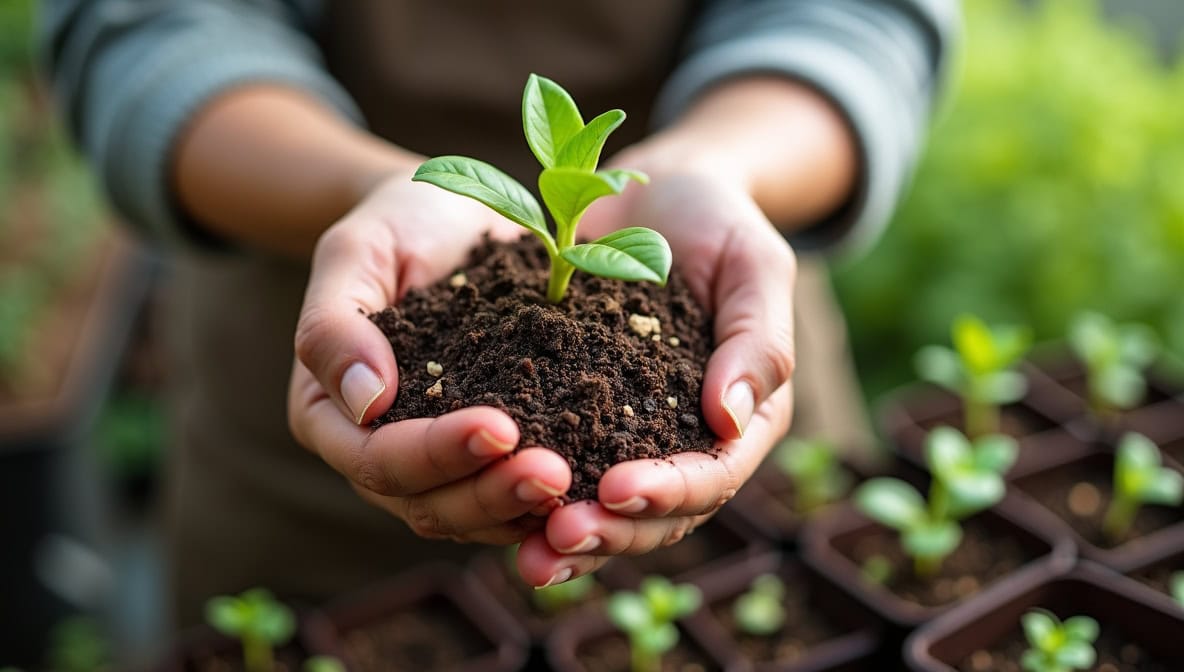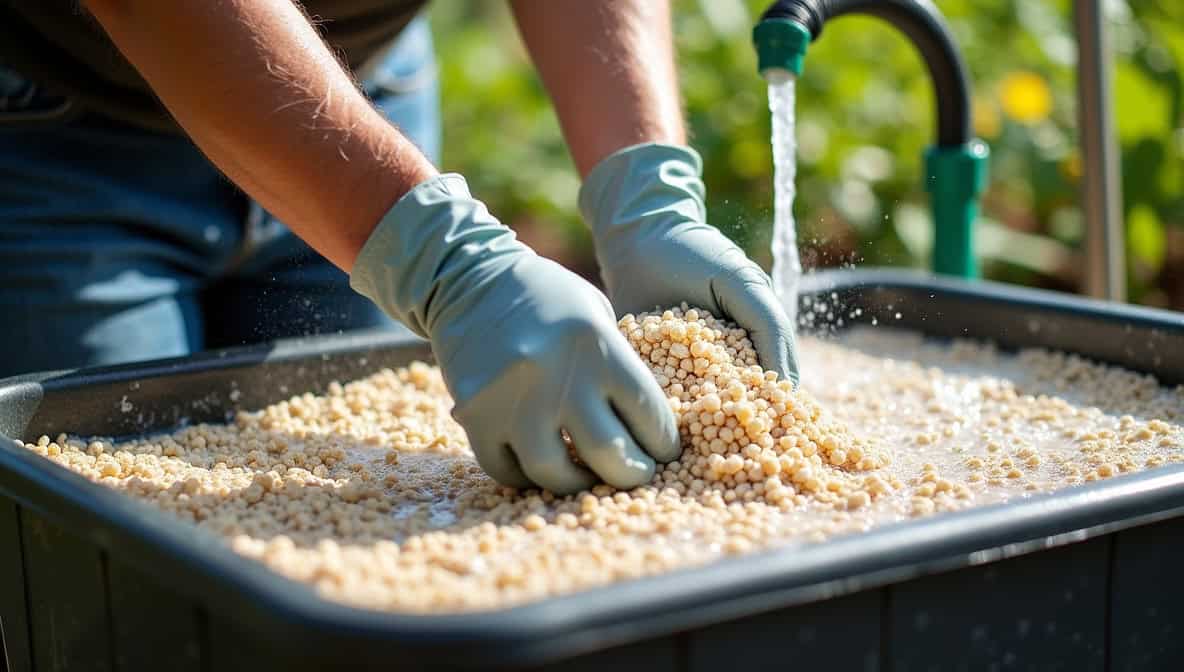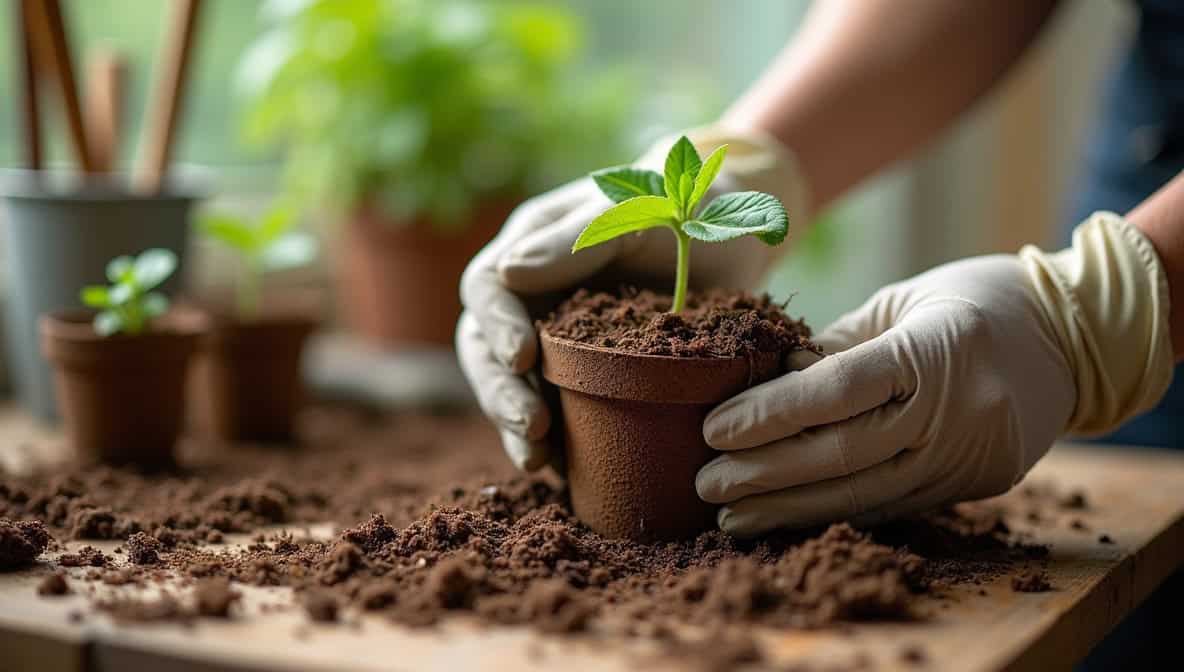Grow Media Sterilization Methods: What Works Best?
Anyone messing with plants or fungi figures it out fast. Skip sterilizing your grow media, and you’re in trouble. Microbes just show up, the wrong kind, and they can ruin the whole thing. There are a few ways to sterilize. You’ve got heat, chemicals, and filtration. Each method has its own thing, and honestly, not … Read more

